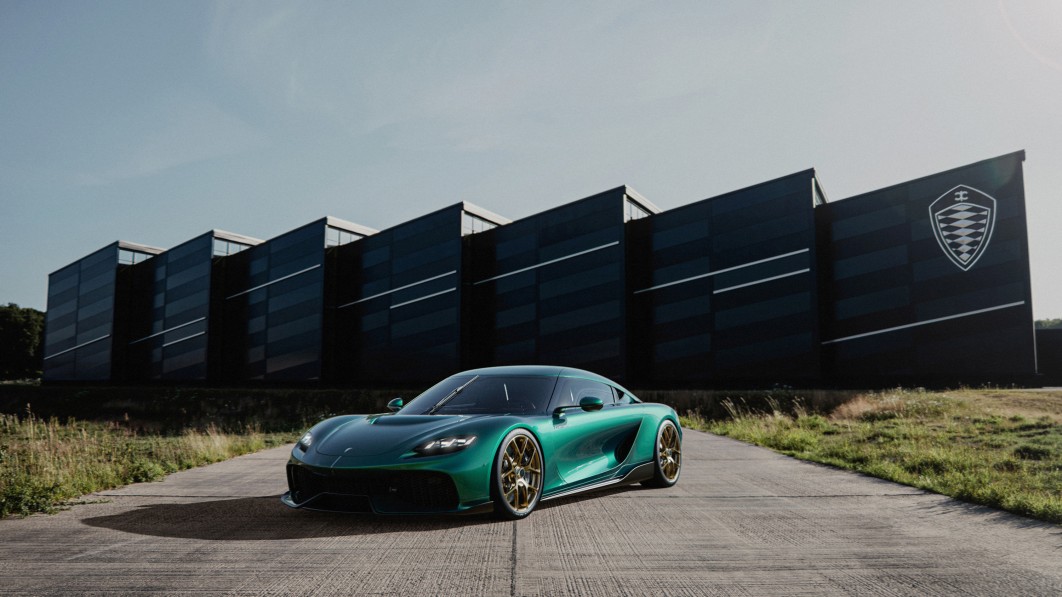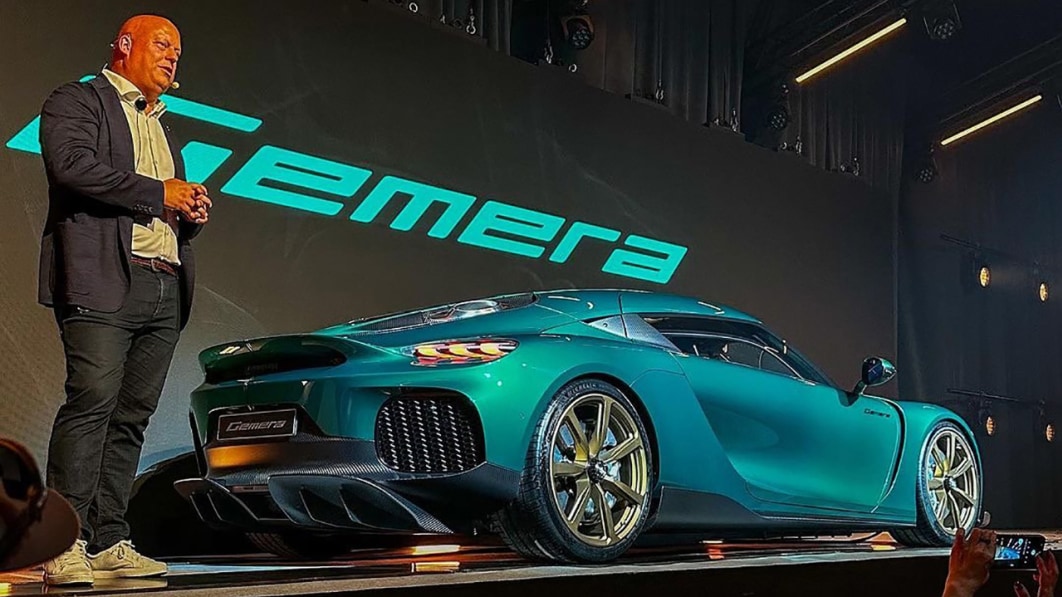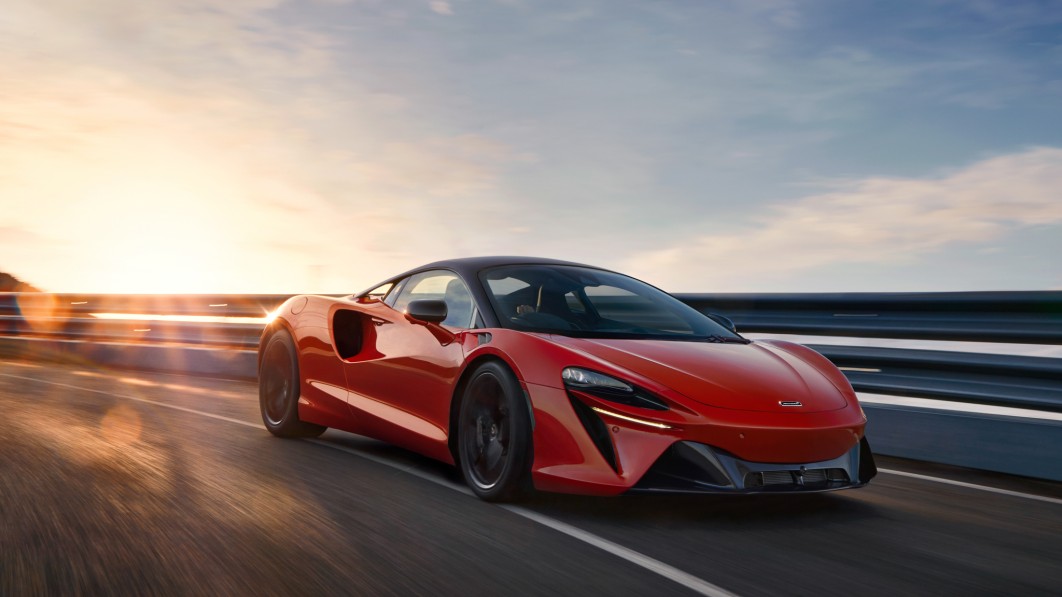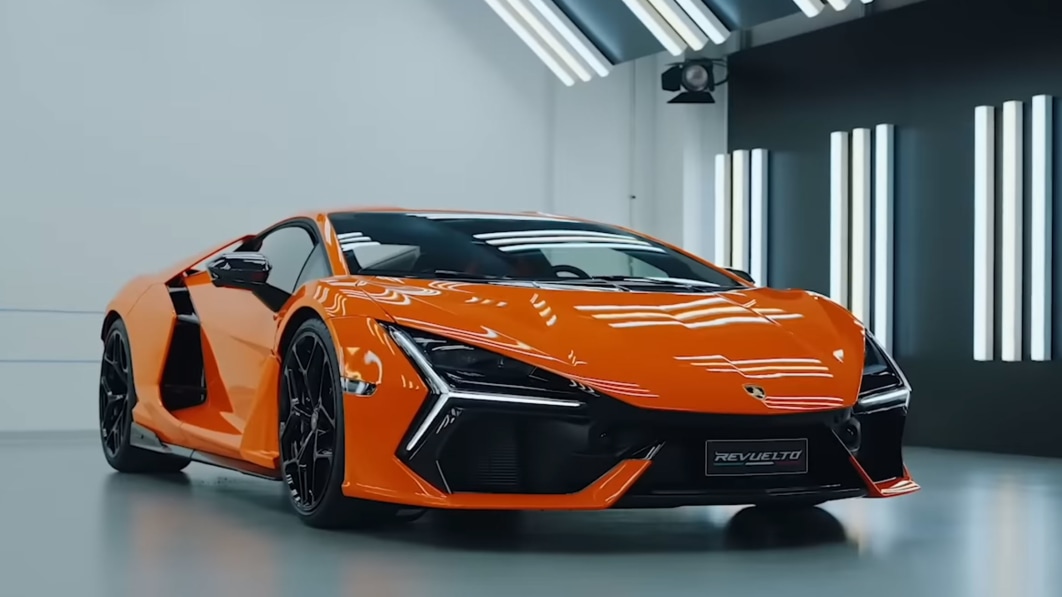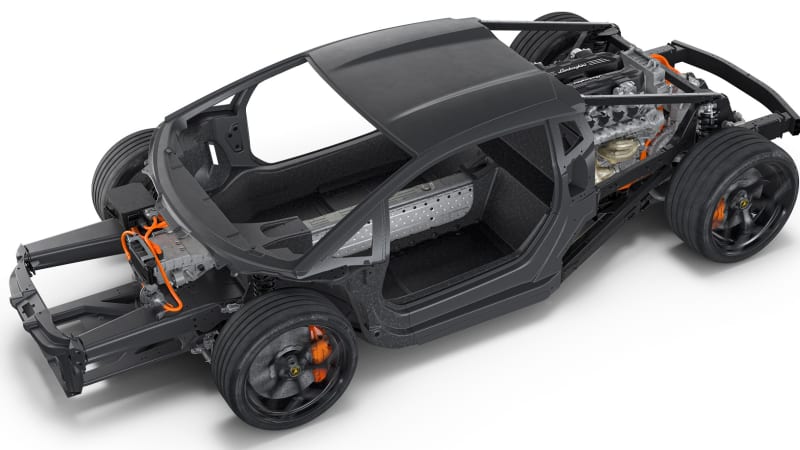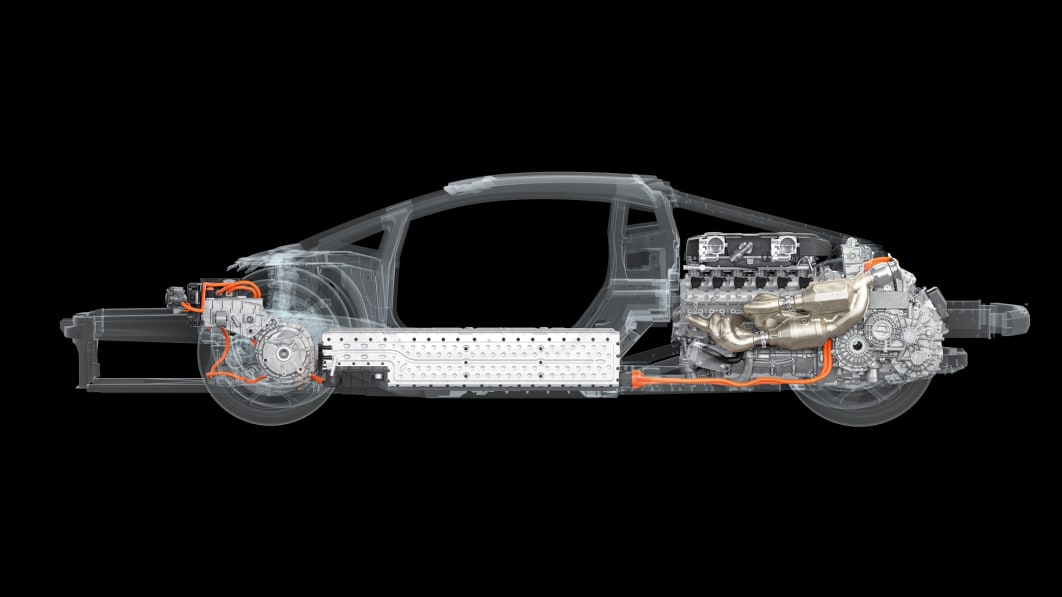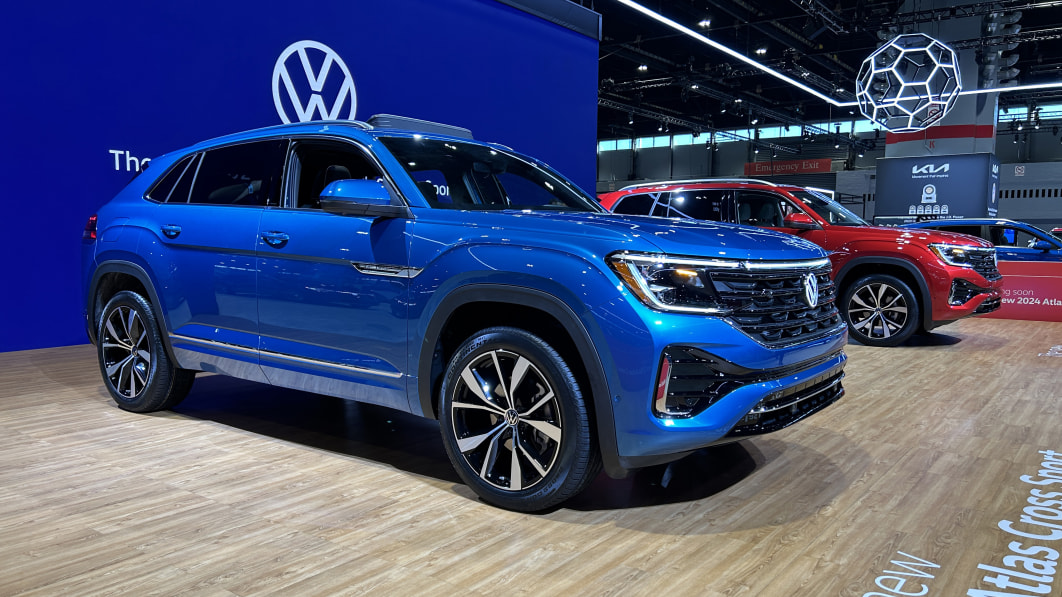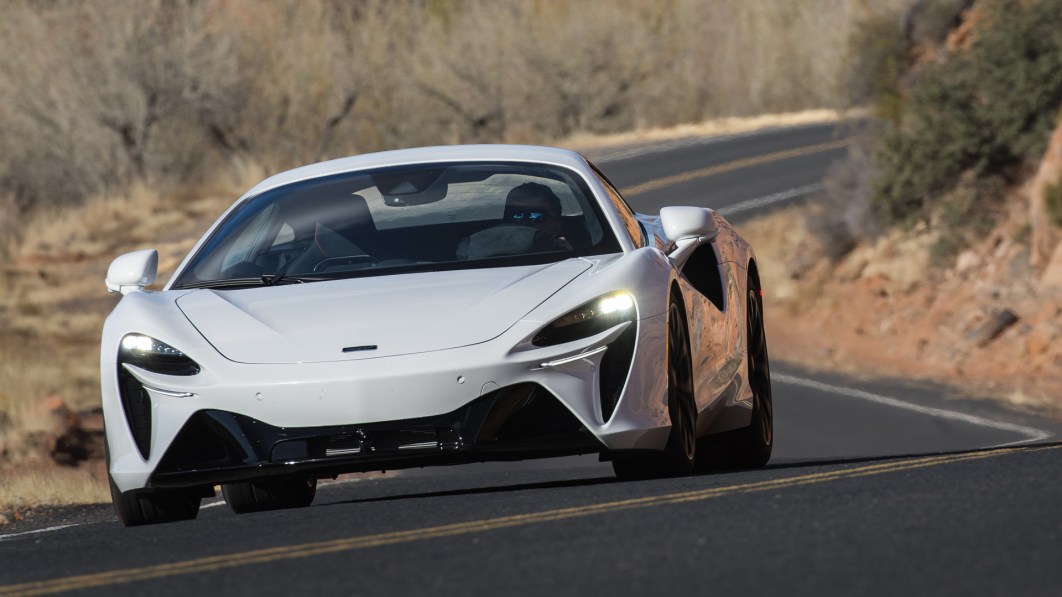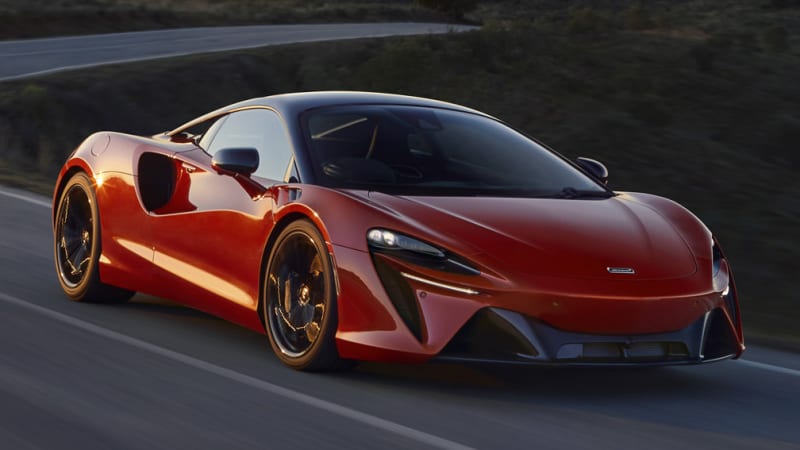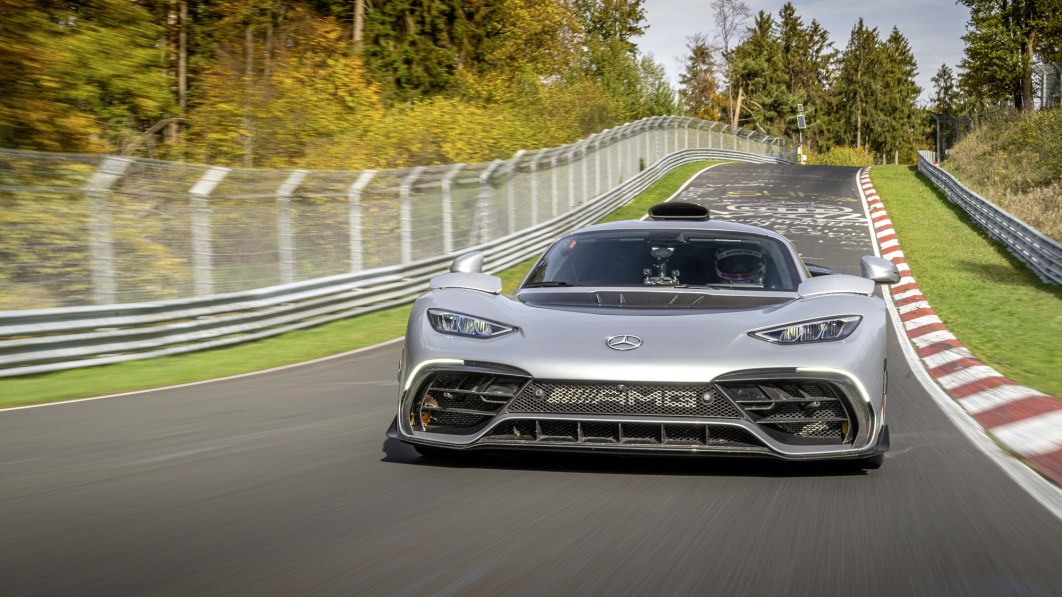Alfa Romeo teases million-dollar supercar debut for August 30
The long-rumored and limited-edition Alfa Romeo supercar will see its debut August 30. The brand teased an intake grille on Twitter with the line, “The courage to dream. It’s time to seize a game-changing moment with more passion than ever. Be prepared to enter the dream.”
We’re also informed that the happening will be livestreamed from the Alfa Romeo Museum in Arese, Italy. The location was foreshadowed by brand CEO Philippe Imparato in February, when he said, “We are working on something that I could put aside the 8C in the museum of Arese, being proud of our contribution to the history of Alfa Romeo. That is what we want.”
August 30th: “Il coraggio di sognare”.
It’s time to seize a game-changing moment with more passion than ever. Be prepared to enter the dream. pic.twitter.com/3hQjs4xBtQ— Alfa Romeo (@alfa_romeo) July 4, 2023
Reports say the something could be called either the 33, a call to the original Tipo 33 race car and Stradale of 1967. Both versions of the T33 are legendary in the brand’s history, although both were powered by the 2.0-liter V8 in the competition variant. The 6C name that’s been bandied for years would recall six-cylinder Alfas from the late 1920s to the early 1950s, and slot between the here-and-gone 8C Competizione supercar and 4C sports car.
This new beast will be a V6, that much we know. Reporting agrees that the Maserati MC20 Cielo roadster will provide the bones. Maserati’s flagship is built on a carbon tub sprouting front and rear aluminum subframes, same as the 4C’s construction, the Maserati built in the same Modena facility as the retired 4C. The Alfa Romeo-branded Formula 1 team might be contributing chassis tweaking suggestions; the supercar reveal happens the same weekend as the Italian Grand Prix at Monza, making for a natural crossover showcase.
Sources differ on the engine. Some believe the entire MC20 Cielo package makes the jump, including the twin-turbo 3.0-liter Nettuno V6 making 621 horsepower and 553 pound-feet of torque. It’s said engineers will add at least one electric motor to bump output to around 800 hp. Others believe it’ll be the twin-turbo 2.9-liter V6 from the Giulia Quadrifoglio, tuned up to 539 hp and 443 lb-ft in the limited-edition GTAm.
Production and price guesses are all over the map. Autocar says only 33 examples are coming out of Modena. Autocar believes each will cost more than 1 million euros ($1.1M U.S.), and each will reach a top speed of 333 kilometers per hour (206 mph) — although the supposed name will be 6C. Italian mag Quattroroute thinks “a few dozen” will see life. Either way, the run is gone, a state of affairs the CEO warned everyone of in February when admitting the automaker was taking deposits before the car got the green light, saying, “It will be sold out before I unveil the car.”


